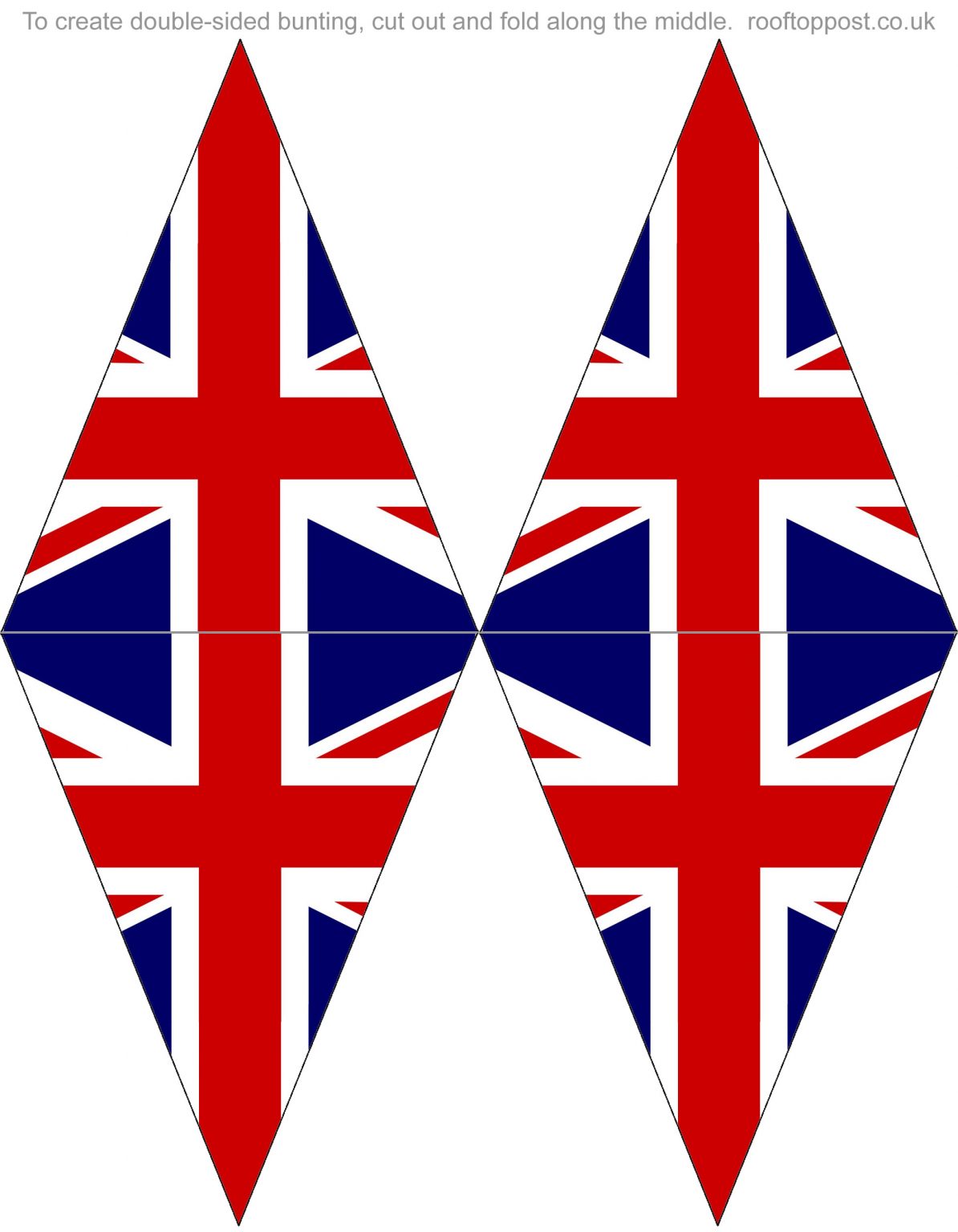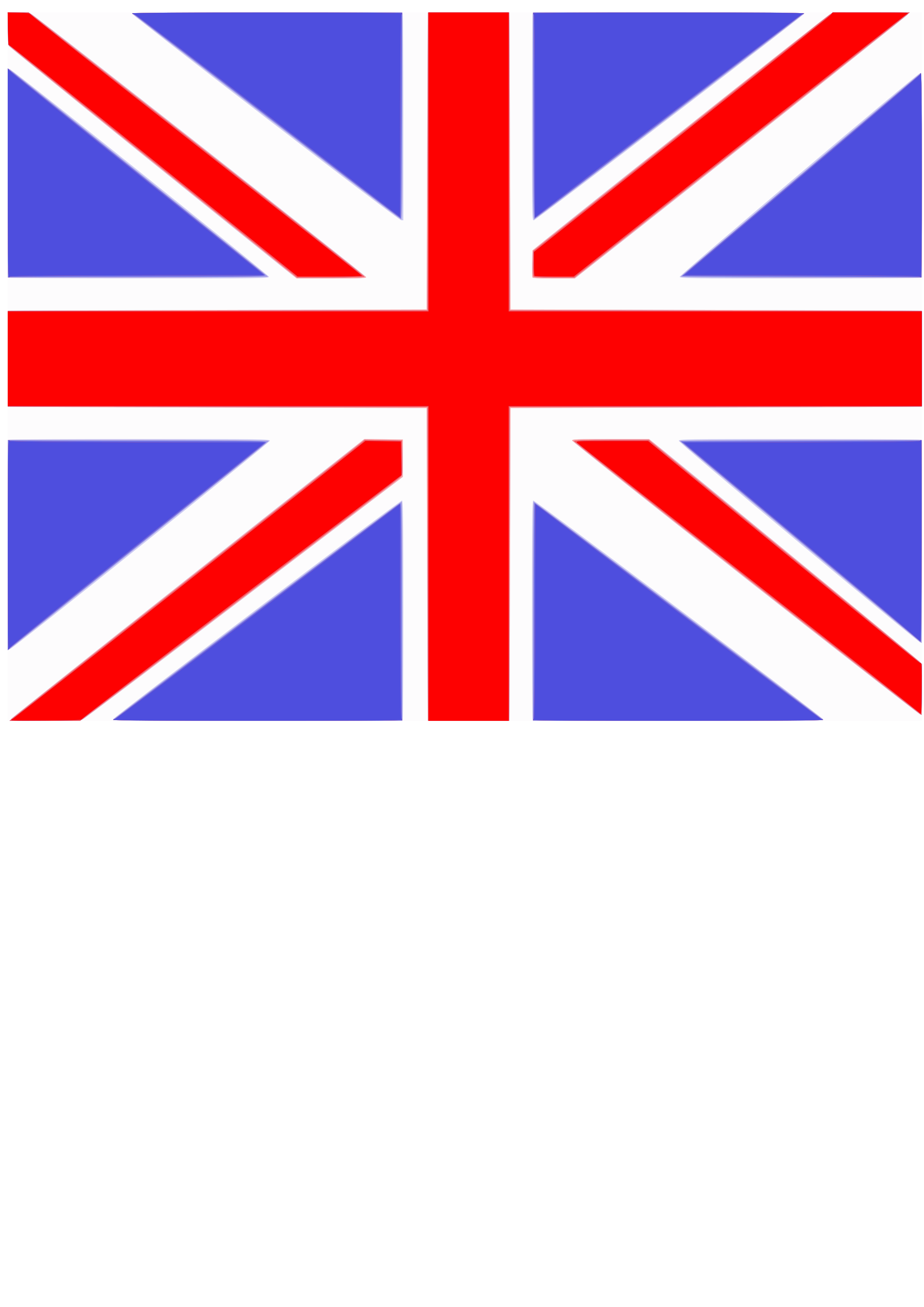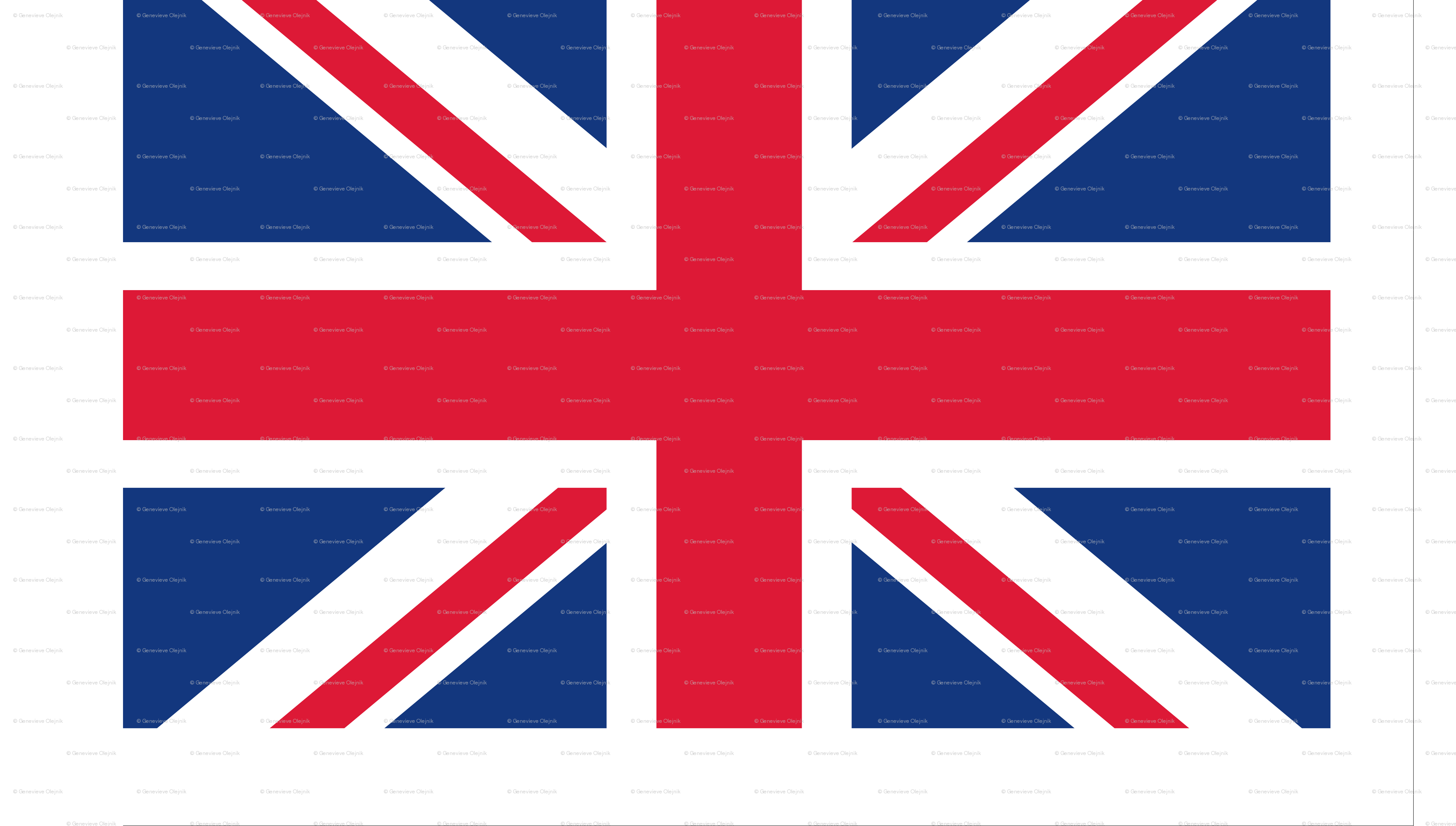There is something undeniably captivating about the British flag, often referred to as the Union Jack. Its symmetrical design and vibrant colors instantly catch the eye and evoke a sense of pride and heritage. Whether it’s the iconic red, white, and blue or the intricate arrangement of the crosses of Saint George, Saint Andrew, and Saint Patrick, the British flag has become a symbol of unity, history, and tradition.
A Timeless Design
The British flag’s design dates back to the Union of England and Scotland in 1707. It combines the red cross of Saint George, patron saint of England, with the white diagonal cross of Saint Andrew, patron saint of Scotland. The addition of the red diagonal cross of Saint Patrick, patron saint of Ireland, came later in 1801 when Ireland joined the United Kingdom.
 This unique combination of crosses creates a visually striking pattern that has been adapted into various forms of art, decor, and fashion. From clothing and accessories to home decor and even tattoos, people around the world proudly display the Union Jack as a stylish and iconic symbol.
This unique combination of crosses creates a visually striking pattern that has been adapted into various forms of art, decor, and fashion. From clothing and accessories to home decor and even tattoos, people around the world proudly display the Union Jack as a stylish and iconic symbol.
A Celebration of Culture
The British flag is not just a design; it represents the rich cultural heritage and diversity of the United Kingdom. Each of its crosses represents a different region and its unique traditions.
 England, with its red cross on a white background, is known for its iconic landmarks such as Big Ben, Stonehenge, and the Tower of London. Scotland, with its white diagonal cross on a blue background, is synonymous with bagpipes, kilts, and the enchanting beauty of the highlands. Meanwhile, Northern Ireland, represented by the red diagonal cross on a white background, showcases its breathtaking landscapes and captivating history.
England, with its red cross on a white background, is known for its iconic landmarks such as Big Ben, Stonehenge, and the Tower of London. Scotland, with its white diagonal cross on a blue background, is synonymous with bagpipes, kilts, and the enchanting beauty of the highlands. Meanwhile, Northern Ireland, represented by the red diagonal cross on a white background, showcases its breathtaking landscapes and captivating history.
A Symbol of Unity
More than just a design, the British flag is a symbol of unity and shared values. It represents the coming together of different nations, cultures, and traditions to form a cohesive and diverse society.
 Throughout history, the flag has been a unifying force. During times of triumph and adversity, it has rallied the British people and symbolized their collective strength and resilience. From the Battle of Waterloo to the Blitz during World War II, the Union Jack has stood as a symbol of hope, courage, and determination.
Throughout history, the flag has been a unifying force. During times of triumph and adversity, it has rallied the British people and symbolized their collective strength and resilience. From the Battle of Waterloo to the Blitz during World War II, the Union Jack has stood as a symbol of hope, courage, and determination.
A Global Icon
It is not only within the United Kingdom that the British flag holds significance. The Union Jack has become a globally recognized symbol, representing the British Empire’s historical influence and legacy.
 From the far reaches of Australia and New Zealand to the bustling streets of India and Hong Kong, the British flag is a reminder of Britain’s historical accomplishments and its lasting impact on the world. Even after the decline of the British Empire, the Union Jack remains a powerful and recognizable symbol of Britain’s cultural, economic, and political influence.
From the far reaches of Australia and New Zealand to the bustling streets of India and Hong Kong, the British flag is a reminder of Britain’s historical accomplishments and its lasting impact on the world. Even after the decline of the British Empire, the Union Jack remains a powerful and recognizable symbol of Britain’s cultural, economic, and political influence.
An Enduring Legacy
The British flag continues to inspire and capture the imagination of people worldwide. Its timeless design has become a popular motif in contemporary art, fashion, and design.
 Whether it’s displayed proudly at international sporting events or used to decorate homes and classrooms during national holidays, the British flag is a constant reminder of the United Kingdom’s rich history and its enduring legacy.
Whether it’s displayed proudly at international sporting events or used to decorate homes and classrooms during national holidays, the British flag is a constant reminder of the United Kingdom’s rich history and its enduring legacy.
So, next time you see the Union Jack waving proudly, take a moment to appreciate not only its captivating design but also the history, culture, and unity it represents. The British flag is more than just a symbol; it is a tribute to the nation’s past, present, and future.